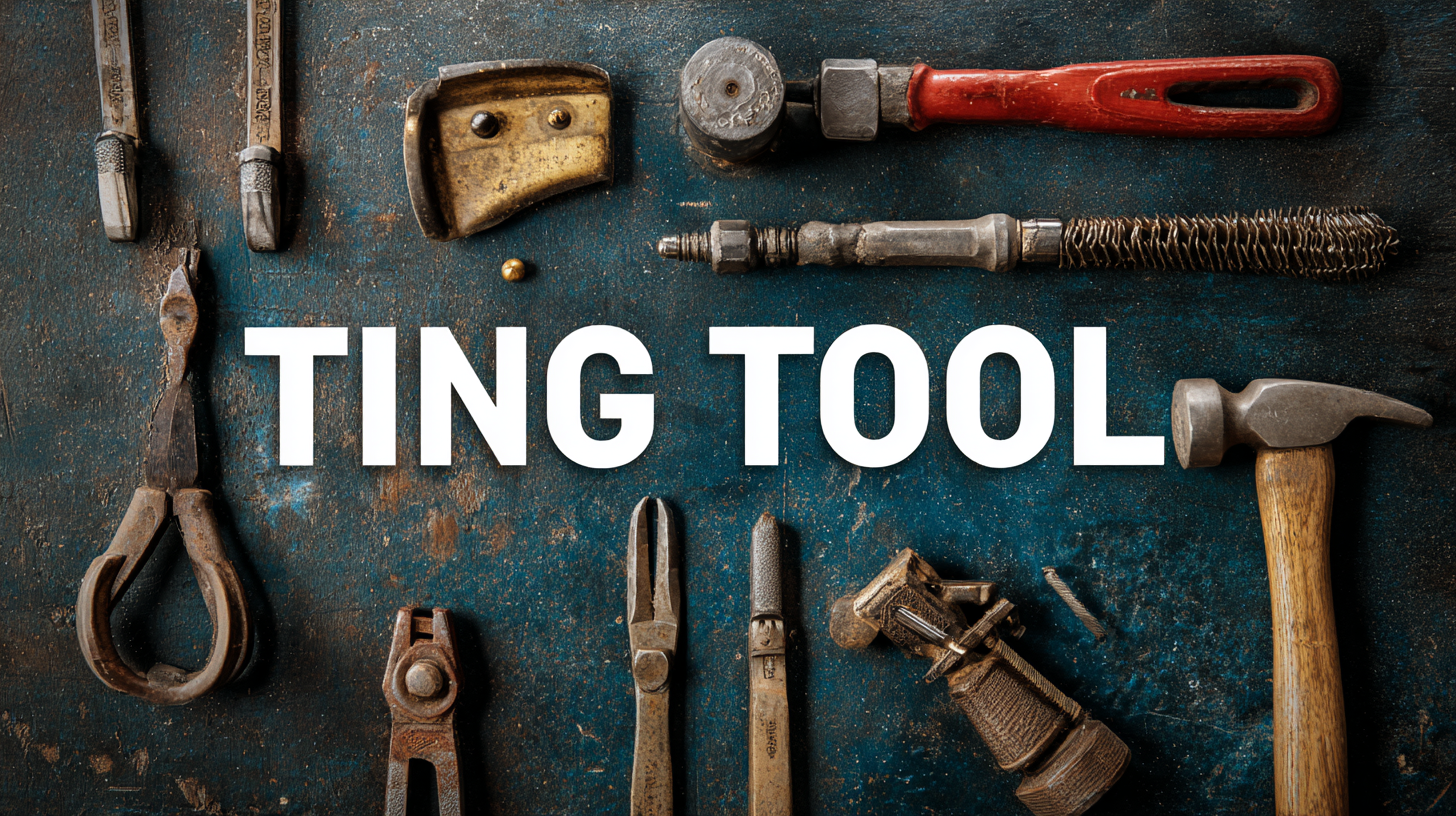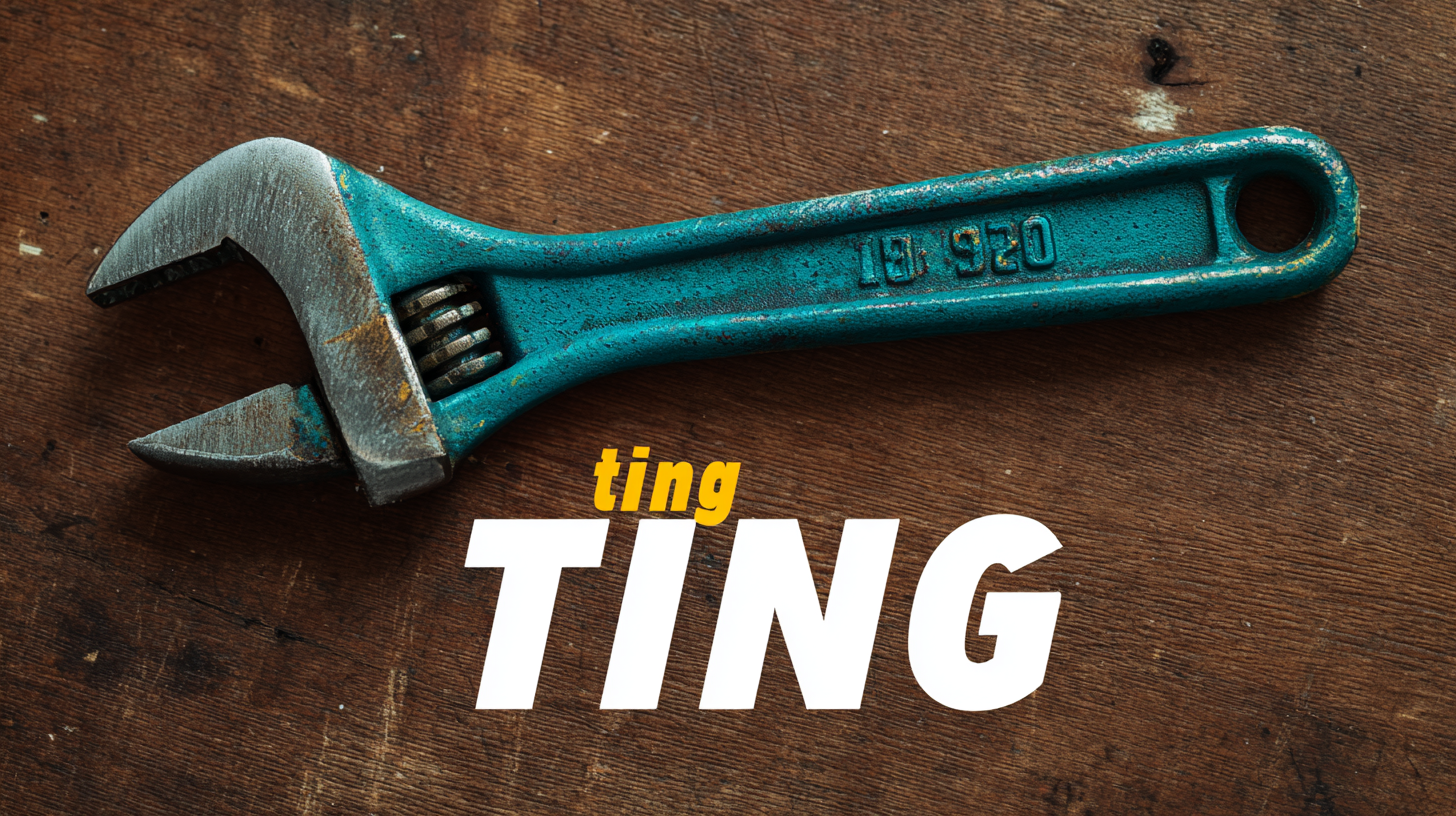In the ever-evolving landscape of manufacturing and construction, the selection of the right cutting tool is paramount for ensuring efficiency and precision in operations. According to a recent report by Smithers Pira, the global cutting tools market is projected to reach $25 billion by 2025, driven by advancements in technology and increased demand for high-quality machining. With numerous options available, choosing the best cutting tool can be overwhelming. Factors such as material compatibility, tool geometry, and application type significantly influence performance and outcomes. Understanding these variables is crucial for optimizing productivity and reducing costs in any project. This blog will delve into ten essential tips for navigating the complexities of cutting tools, ensuring you make informed decisions tailored to your specific needs.

When it comes to selecting the right cutting tool for your projects, it's essential to understand the various types available and their specific applications. Cutting tools can be broadly categorized into manual and power tools, each with its own advantages. Manual tools, such as knives and chisels, offer precision and control, making them ideal for detailed work or when working with softer materials. On the other hand, power tools, like circular saws and band saws, are designed for larger-scale tasks, allowing for faster and more efficient cuts, especially in harder materials.
Different cutting tools are engineered for specific materials and tasks. For instance, carbide-tipped tools excel in cutting tough metals, while high-speed steel tools are better suited for softer materials like wood or plastic. Additionally, the type of cut required—whether it's a straight cut, curved cut, or intricate design—plays a vital role in selecting the right tool. Understanding these distinctions and matching your cutting tool to the material and task at hand ensures not only better results but also enhances safety and efficiency in your projects.
When selecting cutting tools for manufacturing, several key factors must be considered to ensure optimal performance and efficiency. One of the primary aspects is the material of the cutting tool, which can significantly affect its durability and cutting ability.
High-speed steel, carbide, and ceramic tools each have unique properties suitable for different applications. Assessing the material compatibility with the workpiece ensures that the tool will perform well and endure extended usage.
Another important factor is the tool geometry, which encompasses aspects like cutting edge angles and the design of the tool itself. The right geometry can lead to improved chip removal, reduced cutting forces, and enhanced surface finish on the workpiece.
Additionally, understanding the specific manufacturing processes involved—such as milling, turning, or drilling—will help in selecting tools that not only match the requirements of the job but also contribute to the overall productivity and quality of the final product. By giving careful consideration to these factors, manufacturers can make informed decisions that lead to better outcomes in their production processes.
When selecting the best cutting tool for your projects, understanding the materials used in tool manufacturing is crucial. Two predominant materials that often come into play are High-Speed Steel (HSS) and Carbide. HSS is well-known for its versatility and affordability, making it a popular choice among many DIY enthusiasts and professionals alike. However, its heat resistance is relatively lower than carbide, which may lead to faster wear in demanding applications. HSS tools are ideal for general machining and softer materials, allowing for decent performance without breaking the bank.
On the other hand, carbide cutting tools are engineered for high performance. They can withstand higher temperatures and maintain their sharpness for longer periods, making them suitable for tough materials and extensive production runs. Although the initial investment in carbide tools may be higher, their longevity and efficiency can translate into cost savings over time. Therefore, when choosing between HSS and carbide, consider the specific requirements of your tasks, such as material type and volume, to make the best decision for your cutting needs.
When selecting the best cutting tool for your needs, understanding the geometry of the tool itself is crucial for optimizing both performance and efficiency. Tool geometry includes aspects such as cutting edge angle, rake angle, and relief angles, which can significantly influence the cutting process. According to a report by the American Machining Association, using the appropriate geometric configuration can improve material removal rates by up to 30%. This impact stems from the tool's ability to engage with the material more effectively, reducing friction and heat generation.
One essential tip is to assess the specific material you'll be working with and select a tool whose geometry complements that material's properties. For example, tools designed with a positive rake angle can facilitate cutting softer materials, whereas a negative rake angle is more suitable for harder materials. Additionally, considering the tool's coating can enhance performance; data shows that carbide tools with coatings can increase tool life by 50%, adding long-term value to your investment.
Lastly, it’s critical to match the cutting tool's geometry with the machine capabilities and the intended application. Adjustments in the cutting speed and feed rate based on the tool geometry can lead to optimized results. A tailored approach not only maximizes efficiency but also minimizes wear and tear on the machinery, ultimately promoting a more cost-effective operation.

In today's fast-paced manufacturing environment, selecting the right cutting tool has become increasingly complex, necessitating the integration of advanced technology to enhance productivity. Research indicates that manufacturers utilizing automated tool selection systems experience a 20% increase in operational efficiency. These systems analyze various parameters, including material properties and geometrical considerations, to recommend the most suitable cutting tools. This data-driven approach minimizes trial-and-error, saving both time and resources.

Moreover, Industry 4.0 advancements such as IoT-enabled cutting tools are set to transform the landscape even further. According to a report from McKinsey, companies that embrace these technologies can expect to reduce tool wear by up to 30%, significantly lowering maintenance costs. With real-time data collection and analysis, manufacturers can predict and address issues before they lead to downtime. Incorporating smart technology not only streamlines the selection process but also empowers businesses to make informed decisions that align with their production goals, maximizing both output and quality.
Contact
KYOCERA SGS Precision Tools, Inc.
(330) 686-5700
150 Marc Drive
Cuyahoga Falls, OH 44223
Products
Resources